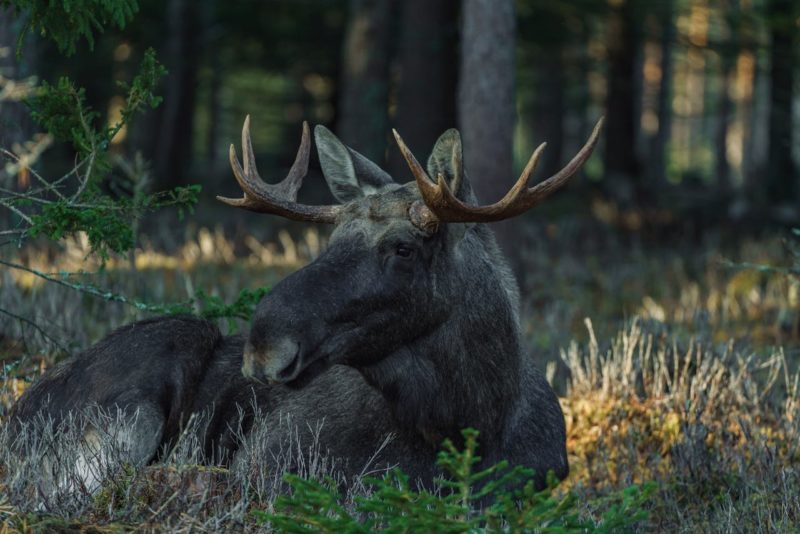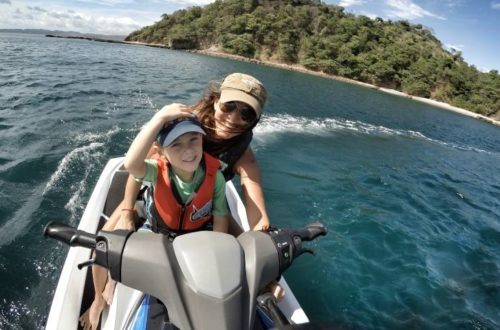What Are the Main Steps for Field Dressing?

Field dressing is the process of removing the internal organs of an animal that has just been hunted. It is essential to preserve the meat and ensure it is free of contaminants before preparing and cooking it.
You should always field dress an animal immediately after killing it. Doing so ensures that the meat stays as fresh as possible and prevents it from spoiling.
It’s important to follow the necessary steps to make sure to get the field dressing process right. Below, we have covered the main steps for field dressing so you don’t miss anything important, whether you’re hunting in unmissable spots in Sweden, the outback of Australia, or somewhere rural in America.
If you want further information on how to field dress an elk or similar-sized animal, you can learn more by reading this article.
Prepare for the Field Dressing Process
You will need to take a few preparatory steps before starting to field dress an animal that you have just hunted. First, gather your tools, which will include a fixed-blade hunting knife, sterile gloves, and food storage containers.
Lay the Animal Down in the Right Position
Your animal might be in the wrong position for field dressing after being killed. In this case, you may need to move the body before you can start removing the internal organs.
To field dress an animal, you will need to put it on its back so that its belly is exposed. If possible, place the body at a slight angle so that you can easily drain the blood away from it.
Make an Initial Cut
Your next step involves cutting the animal with your hunting knife.
You will need to start the cut at the animal’s breastbone (the sternum) and extend it down to its pelvis. The cut should only penetrate the skin and should not pierce any of the internal organs.
Lift back the skin on either side of the cut to expose the animal’s internal organs. Moving the skin out of the way enables you to access the orange more easily and makes the field dressing process much quicker and simpler.
You may need to use a saw to remove some of the rib cage if it is a larger animal. However, this step is often not needed for field dressing smaller animals
Remove the Anus, Diaphragm, and Oesophagus
Cut around the anus to remove it from the lower digestive tract organs. Doing so will make it easier to remove the intestines.
Next, use your hunting knife to cut around the diaphragm, separating it from the abdominal and thoracic organs. This is necessary to allow you to keep the internal organs intact. Finally, remove the oesophagus as close to the head as possible.
Remove the Internal Organs
Now it’s time to remove the internal organs. To do this, you will need to use your knife to slice the connective tissue that is holding the organs in place.
Once you have removed the internal organs, place them in clean storage containers. Close the lids of the containers to keep the meat safe during transportation and prevent contamination.
Would you like to receive similar articles by email?





